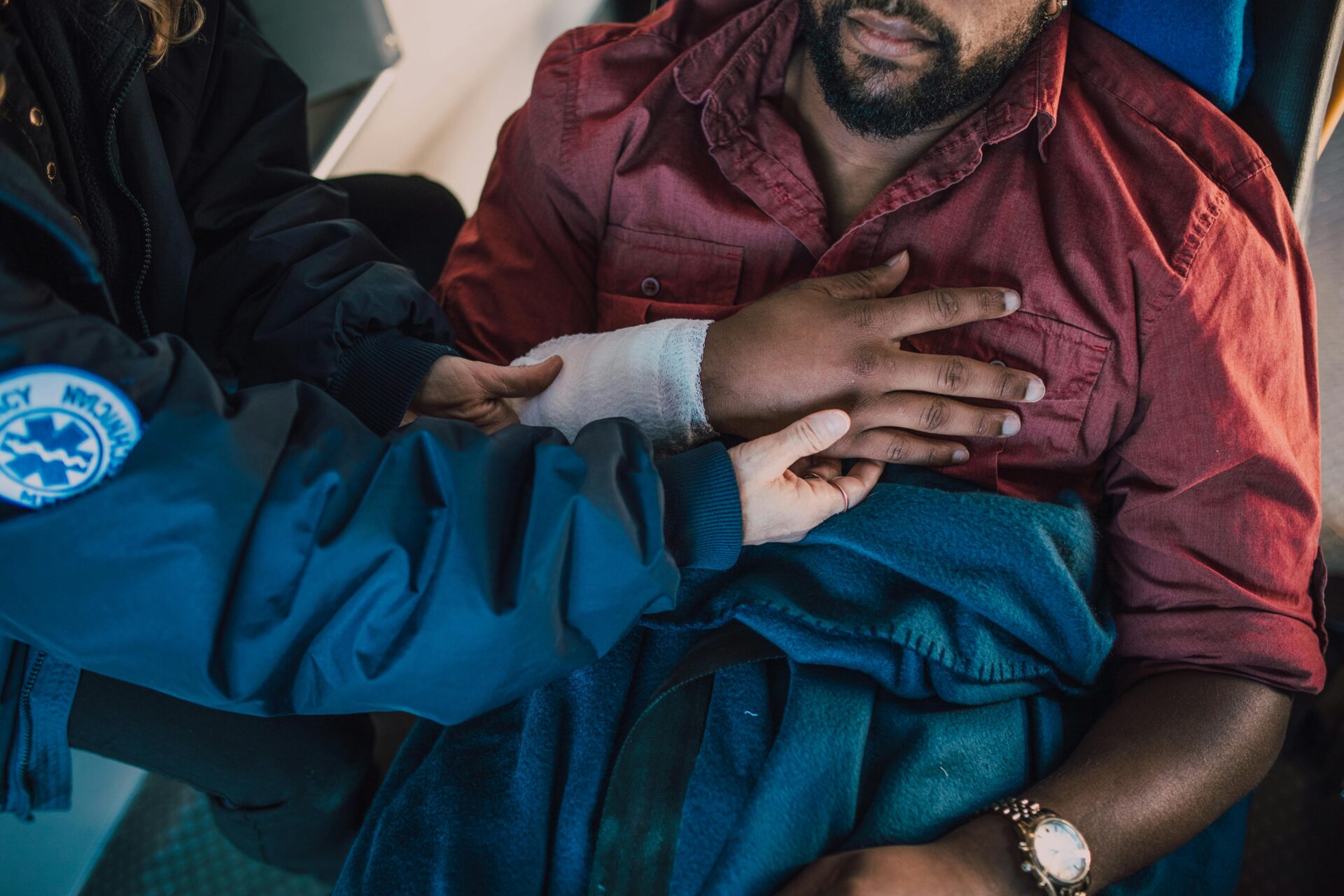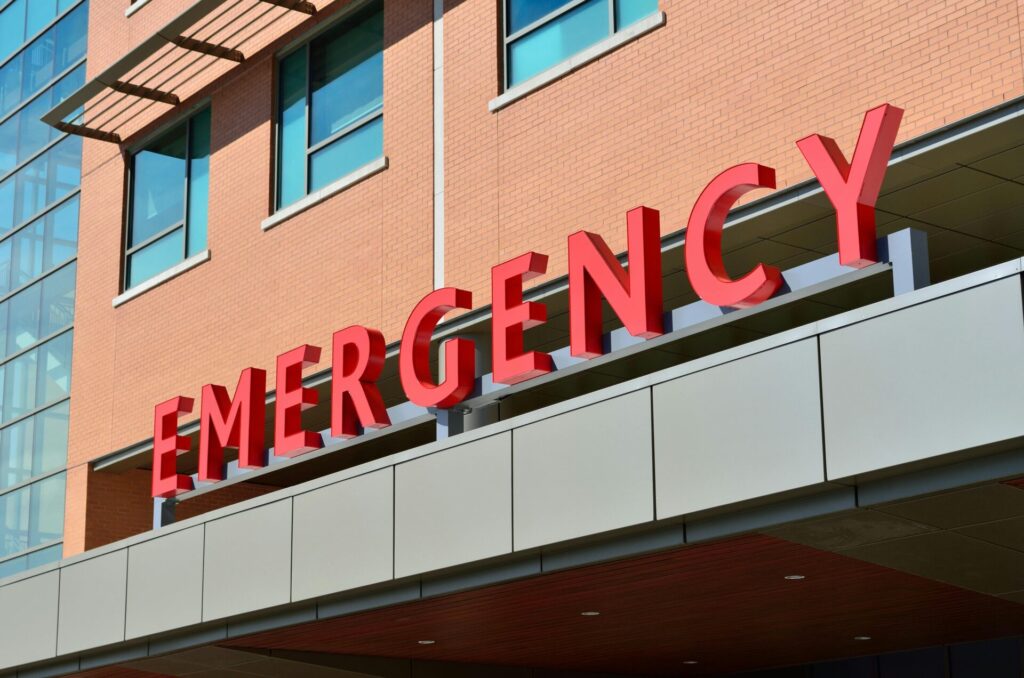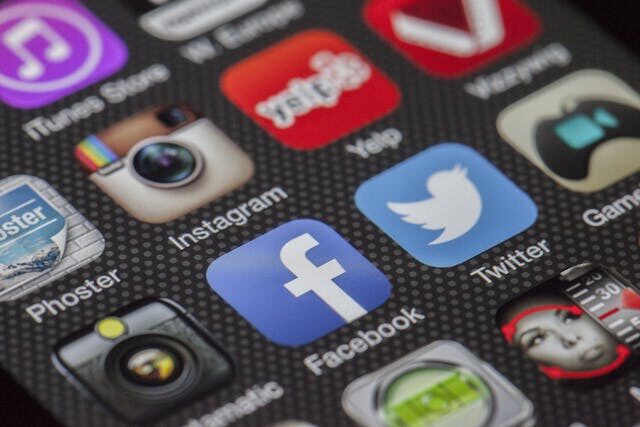Table of Contents
Every day, thousands of people around the world wake up to a life-threatening diagnosis, a sudden accident, or an emergency operation that leaves them grasping for hope — not just medical hope, but financial hope.
In the United States, a single hospital visit can cost over $10,000. In India, a cancer diagnosis can push a middle-class family into poverty. In countries like the Philippines, Kenya, or Nepal, there may be no insurance, no savings, and no reliable government support.
This is where medical fundraising becomes not just helpful — but life-saving.
Medical fundraising is the practice of raising money, often through online platforms, to cover hospital bills, surgeries, medications, and post-treatment recovery. It’s not a luxury or a backup plan. For millions, it’s the only option.
This global guide is written to help patients and families anywhere in the world understand how to launch a successful medical fundraising campaign — and how to reach real people who care enough to give.
Whether you’re in New York, New Delhi, London, Lagos, or Kathmandu, this article will walk you through everything you need to know to save a life with medical fundraising.

Why Medical Fundraising Is No Longer Optional
The Global Healthcare Crisis
Healthcare systems around the world are under pressure. Medical inflation is rising faster than incomes, and in many places, insurance either doesn’t exist or doesn’t cover enough.
According to the World Health Organization:
- 100 million people fall into extreme poverty every year due to out-of-pocket medical expenses.
- Even in developed countries, unexpected medical bills are a leading cause of bankruptcy.
In emergencies — when surgery is needed within hours, or when chemotherapy starts tomorrow — most families don’t have time to get loans or fill insurance claims. They need immediate help. They need medical fundraising.
Real-Life Stories from Around the World
- USA: A mother in Texas raises $80,000 through GoFundMe for her child’s leukemia treatment not covered by her insurance.
- India: A man in Bangalore uses Ketto to raise ₹15 lakhs for kidney transplant surgery.
- Nepal: A teacher in Pokhara raises NPR 10 lakhs through Fundsharing.org to travel to India for urgent heart surgery.
- Kenya: A small community raises funds via M-Changa to help a woman get emergency C-section surgery.
These are not exceptional cases — they’re becoming the norm.

Understanding the Basics of Medical Fundraising
Medical fundraising involves asking your community — and often the global public — to contribute small or large amounts toward urgent medical expenses.
This can include:
- Emergency surgeries
- Cancer treatment
- ICU or NICU care
- Dialysis or transplant procedures
- Long-term medication for chronic illness
- Rehabilitation and recovery
Where the Money Goes
Transparency is key. Donors want to know exactly what their money supports:
- Hospital bills
- Medications
- Surgery costs
- Travel for treatment
- Recovery and therapy
Why It Works
- Speed: Medical fundraising is faster than loans or government grants.
- Scale: Online platforms can reach thousands of people within hours.
- Humanity: People around the world are willing to help when moved by a real story.
Choosing the Right Medical Fundraising Platform
There are dozens of fundraising websites out there, but not all are suited for medical needs. When your life or a loved one’s life is at stake, choosing the right platform matters.
Best Global Medical Fundraising Platforms
| Platform | Country | Fees | Notes |
|---|---|---|---|
| GoFundMe | USA, UK, CA, AU | ~2.9% | Best for western countries |
| Fundsharing.org | South Asia | 0% | Ideal for Nepal, India, Bangladesh |
| JustGiving | Global | ~5% | Good for UK, Europe |
| Milaap | India | 0% | Localized and widely trusted |
| Ketto | India | ~3% | Popular but has platform fees |
| M-Changa | Kenya | 0% | Best for East Africa |
Step-by-Step Guide to Launching a Medical Fundraiser
1. Choose a Platform
Pick one that works in your country and accepts your local currency.
- If you’re in Nepal or India, Fundsharing.org or Milaap may be better than GoFundMe.
- In the US or UK, GoFundMe is widely trusted.
2. Write a Compelling Story
People give when they connect emotionally. Your story should:
- Explain who the patient is
- Describe the illness and urgency
- Outline the cost and breakdown
- Share what help is needed and why
Example: “My name is Priya. I’m a single mother in Kathmandu, Nepal. My 5-year-old son has leukemia, and we need $6,000 for urgent chemotherapy. We’ve sold everything we own. Please help us save his life.”
3. Upload Supporting Documents
- Doctor’s letter or prescription
- Estimate from the hospital
- Identity proof
- Patient photo (preferably in hospital)
4. Set a Realistic Goal
Don’t exaggerate. If you need $8,200 — ask for that. Add 5-10% for platform/payment fees if required.
5. Share Widely

This is where fundraising succeeds or fails. Share your page:
- On Facebook, WhatsApp, Twitter, Instagram, TikTok
- Through emails and text messages
- In community and religious groups
6. Update Regularly
Keep donors in the loop with updates like:
- “We raised 30%! Thank you!”
- “Surgery scheduled for Monday.”
- “Patient is recovering well.”
Read More Articles:
- 🔗 Top NGOs in the World
- 🔗 Reasons People Don’t Donate
- 🔗 How to Choose a Campaign
- 🔗 Why Donate Online?
- 🔗 Top 10 Foundations in the World
- 🔗 Top 10 Most Charitable Countries
- 🔗 How to Start Fundraising
- 🔗 How to Become Successful in Fundraising
- 🔗 How to Fundraise Without Social Media
- 🔗 The Global Medical Debt Crisis
- 🔗 Importance of Donors in Healthcare
- 🔗 How to Get Help Paying for Emergency Surgery
- 🔗 How to Make Your Fundraiser Go Viral
- 🔗 How to Save a Life During a Medical Emergency
- 🔗 How to Ask for Donations Online
- 🔗 Financial Help for Hospital Bills
- 🔗 Wireless Security Cameras Risks
- 🔗 Facebook Hacking: What You Need to Know
- 🔗 How to Tackle with Suicidal Thoughts
